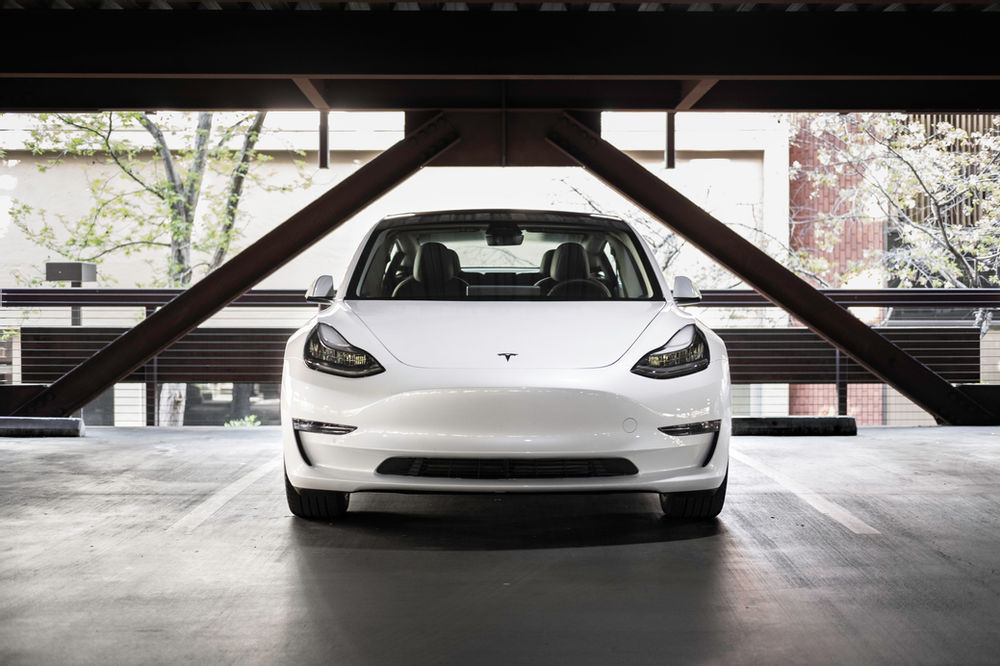There is no doubt that electric vehicles are the future, as the way we get around and produce electricity is transitioning away from fossil fuels, and towards cleaner and greener alternatives. The entire transport sector accounts for 21% of total CO2 emissions and road travel alone accounts for 15% of total CO2 emissions so getting electric vehicles onto the roads is definitely a priority in tackling the climate crisis. However, they’re not perfect, and they are faced with obstacles that are stopping them from becoming mainstream.



In addition to this I suggest that the natural hierarchy in the streets needs to be flipped and pedestrians and bicyclists need to become the dominant user of the street, while motorists must act as “guests”. Impossible you say? Certain countries and cities lead the way here and demonstrate that this is possible. As an example I mention the city of Ghent that had a pretty hopeless traffic situation. This was turned around in a decade. https://www.eltis.org/sites/default/files/c1_scheirs_mobility_policy_ghent.pdf. Or the Netherlands where the bicycle street, a street where bicycle traffic is superior to motor vehicles, is a huge success and has become a nation wide phenomenon. https://beyondtheautomobile.com/2020/10/21/what-is-a-bicycle-street/
Yes all of this.
Critical mass. Once there are enough bicycles on the roads, motorists are forced to adapt. And there are things city councils and governments can do to help, too.